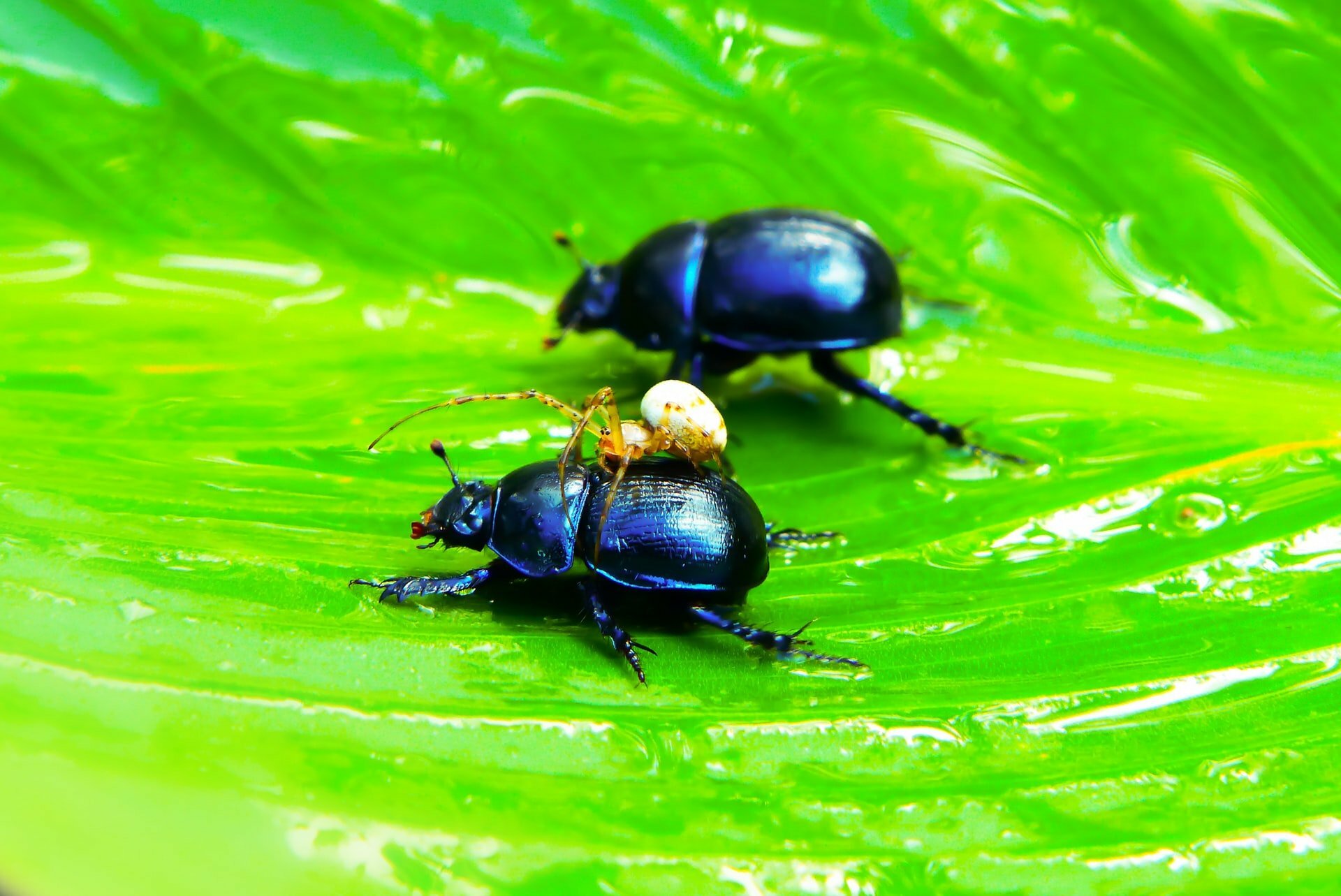Where there are crops, there are bound to be pests. From small insects to larger problems like crows, Sandhill cranes, and other hungry critters, protecting your farm from pests is critical for your success. Often, there are a few tactics that you should use, some of which are more successful than others. You also want to stick to EPA-approved repellent products.
When you choose the right active ingredient, you don’t have to worry about the health of the treated seed. If you want to prevent pest infestations and keep your crops healthy, here are a few tricks to use.
Vary your planting.
If you don’t want to rely on bird repellent but still want to prevent bird damage or unwanted insects, crop diversity can help. So can crop rotation. If you have grackles, blackbirds, or starlings that are getting used to your annual corn seed planting, you can try alternating planting years and introducing additional species to your farm. When you alternate planting years through crop rotation, you’re also improving the fertility of the soil which is beneficial for each year’s harvest. When you increase the number of crop species available, you also make it less likely that every single crop will be targeted by pests.
Use smart repellents.
If you don’t want your seedlings and sprouts under constant siege, you can treat different acres and plots of your farm with repellents. Bird repellents are highly useful for common pest species like geese, crows, cranes, and pheasants. Starlings, in particular, are easier to deter with the right seed treatment. For a corn crop, you may be looking at introducing a dry formulation. Of course, when you’re looking for a bird repellent for corn seed, you’ll want to find products that are EPA-approved. You may need to do some digging around to find the right repellents. Brands like Avipel, for instance, offer products that are effective at reducing the impact of pests on your corn crop, vegetable plots, and sprouts.
Use pests on pests.
Some pests, like ladybugs and mites, are known for their ability to target crop-harming bugs and insects across your farm. While this technique isn’t exactly perfect, it can be a useful solution if you’re having a major insect problem. If you’re following steps to ensure large levels of biodiversity across your farm, it’s easier to ensure that you’re inviting many pest species’ natural enemies to your farmland.
Optimize your nutrition.
A big principle of plant and life sciences includes optimizing nutrition levels. When you follow this tenet of life sciences, you make it easier to develop a heartier, healthier crop. This means that you need to learn how to apply nutrients both at the right time and in the right amounts. By doing so, this promotes greater levels of soil health and, as a result, crops are better able to fight off pests and disease-carrying organisms.
Rely on organic pesticides.
While many farmers avoid a variety of pesticides due to their harsh chemicals, new technology has enabled the creation of new products that list organic active ingredients. These are less harmful to your crops and you can even use natural compounds to ward off insects and other dangerous organisms. If you’re creating a pesticide on your own, be sure to measure carefully to mitigate any negative effects. If you’re buying a pesticide in a store or a supply market, review the list of ingredients to ensure you’re not purchasing any unwanted compounds.
Crop protection is integral to the success of your farm. A bad batch of pests can ruin an entire crop and dampen your harvest. Follow these key tips and you’ll ensure that you’ve set your acreage up for a strong yield.













